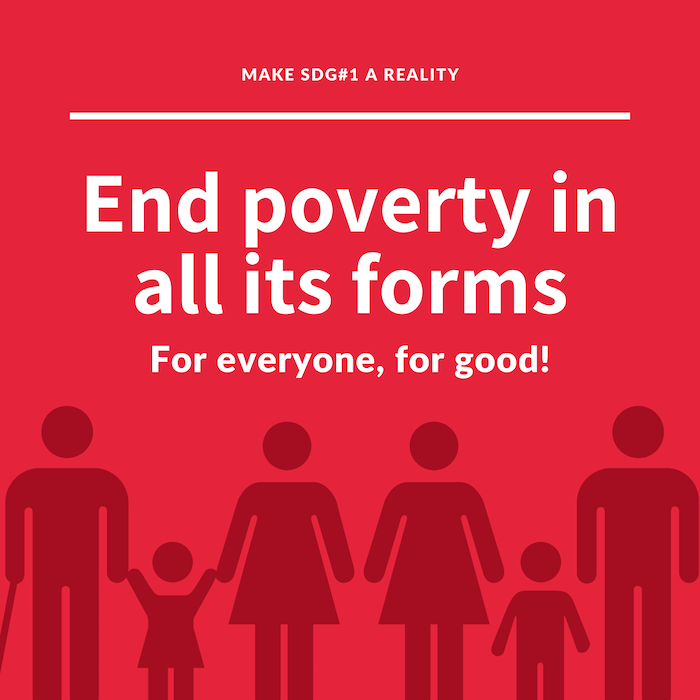There are a lot of different qualities such as learning, alignment, innovation, and inclusion that are highly sought after on projects like ours. However, these qualities are often not directly attainable; they emerge from an intricate web of both implicit and explicit design choices.
As well, there are often equally intricate challenges that stem from complexity, to involving a multitude of actors and the dispersion of knowledge needed to find the solutions we are looking for. In such scenarios, we’ve often found success in the use of Emergent Design — an array of tools and methodologies that enable us to systematically design for outcomes that might not be easily reachable or for answers that remain uncertain.
This is why we like to use principles of emergent design in our projects. This approach can be particularly helpful when dealing with scenarios that involve diverse contributors, with each contributing to a piece of the eventual outcome. In situations and projects like ours, interactions like sharing, co-creation, and collaboration are essential.
To craft a successful collaborative project for Niriqatiginnga, we have learned, through prior projects, in considering six dimensions, with each aspect interrelated with decisions made across the spectrum.
The first dimension is Purpose: Without a clear articulation of the objectives and outcomes up front, it can be very difficult to assemble the rest of the pieces needed for an effective collaboration. To facilitate this, we start at the end, imagining the changes that we are trying to make and laying it out in clear language in order to guide the rest of the design process.
The second are the Players: Once we have a purpose in mind for our project, who are the people that we need in order to achieve it? We believe our project needs to assemble people that represent the many aspects of the systems we are trying to influence – emergence happens when solutions are designed by a group, not for them.
The third dimension is Structure: There are many elements of time and place that need to be in place to support assembly of players – from the space they will need to collaborate to the information they will need to have on hand to be effective in their work.
The fourth dimension is Process: Since we are designing for an emergent outcome (for example, a result we don’t completely know in advance) we need to be able to design a process which will allow all the participants – through active engagement – to share, learn experience and experiment until we collectively come up with solutions to the problems we identified for our project’s purpose.
The fifth dimension is Facilitation: Collaboration and co-creation are hard work, so as our process design comes together, we continue to imagine how it should best be supported in order to make it easy. What obstacles can we remove in order to let the best outcomes emerge?
The last dimension is Sharing: No successful intervention happens in isolation, so we have to be able to plan how best to share the fruits of the collaboration into the larger system in order to most effectively spread the impacts we want our project to have.
Taking a holistic approach to design means going slow at the beginning in order to go faster later: ensuring that the foundational elements of Purpose and Players are solidly in place to allow for the best Process to emerge, which will in turn allow for the emergence of the outcomes we are looking for.




